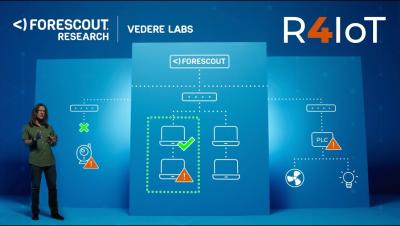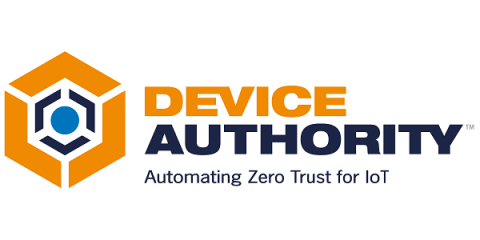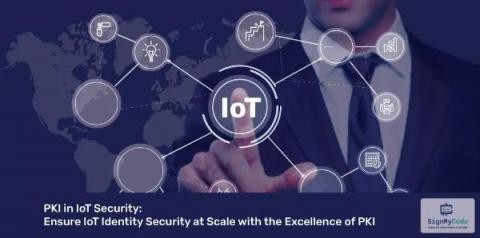What is ZTNA? Benefits and Implementation Explained
Organizations must stay ahead of the ever-changing landscape of cyber threats and embrace Zero Trust Network Access (ZTNA), a modern approach to network security. With ZTNA, granular access control is enforced along with identity-based authentication for secure and efficient networks that protect valuable assets. Are you ready to experience the benefits offered by this revolutionary zero trust implementation of network access?








